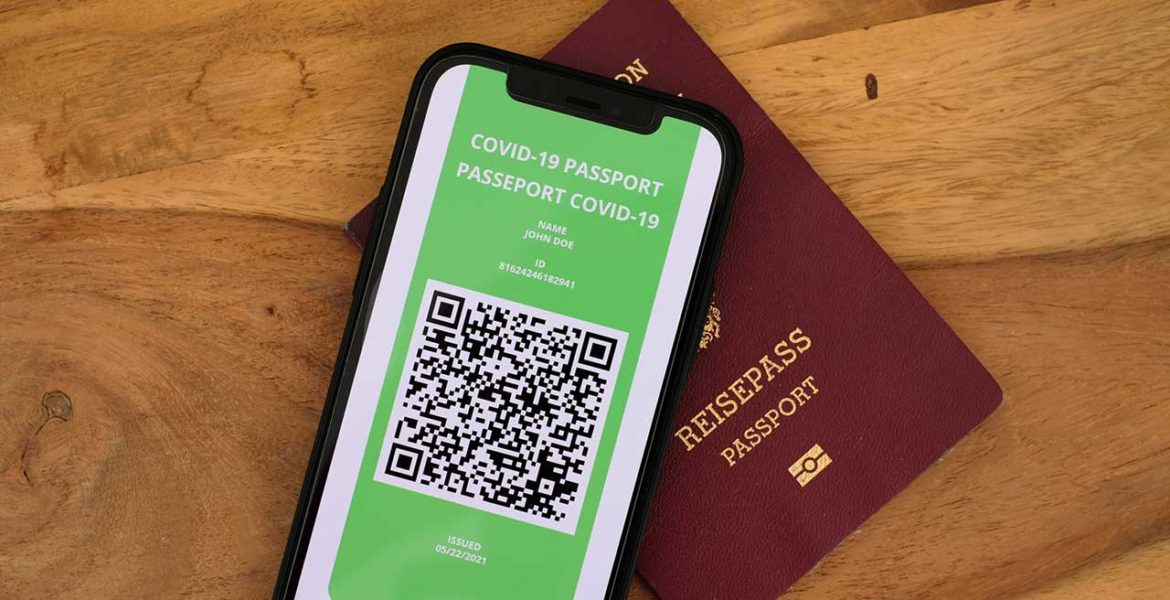By Mike Bechtel, VP Healthcare Strategy at Prove
Airline companies are starting to test a new health passport to allow people to fly between the US and the UK given certain criteria, such as a recent negative Covid-19 test. This is just one early example of the different types of health passports that will become a normal part of our lives as the vaccines get rolled out and millions of people start getting back to work, events and travel.
McKinsey estimates that in the US, the pandemic is likely to be influential in our lives until at least Q3 or Q4 2021, which means we have at least 6 months where our proof of health matters significantly to our ability to move freely. Imagine not only the need to prove vaccination before flying but even before entering a bar or basketball game. This means that there are millions of opportunities for people to not only want some kind of health passport, but to also create fraudulent passports, or to use someone else’s, to do what they want.
Making It Easy To Move Freely
Health passports will be important for several reasons, one being the wide variation in human behavior that will continue to introduce uncertain levels of safety to public events, offices and travel. In a recent Gallup poll, three in ten people surveyed said they rarely or never wear a mask. Another third noted that they won’t take a vaccine even if it cut their risk of getting Covid-19 by 90% in another poll. Convincing a person to download an app or have a special card before doing what they want, not to mention sharing their health information and activating it is a large ask.
For health passports to work, seamless health data interoperability is paramount. People’s health records are currently scattered across innumerable insurance plans, hospital records and doctor’s offices. “Operation warp speed” might have created novel vaccines in record time, but now we need a way to connect people’s health records to a streamlined system with a similar united push.
What’s more, accessing this health information cannot rely on the consumer to take actions such as logging into various health portals to retrieve information, it must occur through an “account-less” authentication of consumer PII from one authoritative source (like Clear HealthPass) to another (like LabCorp).
Keeping Passport Holders Safe
A coordinated way to manage protected health information (PHI) is also important to mitigate fraud. New technologies that rely on health data invite new scams. The US Department of Health and Human Services has seen increasing numbers of “telefraud” in the healthcare system as an example. A poorly managed health passport rollout could drive significant fraud risk in a new category.
The accuracy and security of potentially billions of people (PHI) is critical to maintaining the integrity of the entire system. The need for the health “passport” concept is going to grow in order to get life back to normal in 2021, but to work quickly and at scale, health passports need to securely and seamlessly retrieve PHI (lab results, immunization records, etc.) from certified sources in a way that millions of people can easily manage and share with airlines, sports venues, bars, schools and more. For this to happen realistically, ID proofing of the consumer must occur upfront and multi-factor authentication is needed on an ongoing basis to ensure a safe connection. Then, to be “seamless”, the data needs to flow from certified sources without the consumer being expected to remember usernames and passwords for various provider, lab and health system portals.
Today, most of us are walking around with encrypted SIM cards in our pockets, which makes the mobile device a great solution for both presenting the digital passport via an app, as an ID proofing method given the strong association between our phone numbers and our personally identifiable demographic information. And, if additional authentication is required beyond the phone number, ID proofing can occur through government ID scanning (i.e. passport or driver’s license) whereby the consumer takes a picture of their ID and a selfie of themselves and the photos can be validated and compared.
At this point, speed and scale should be the two most important factors to consider across different passport options, in addition to security. Paper print-outs, barcode scanners, different login portals – all of these various solutions lack a centralized way to roll it out, continuously authenticate and update. Mobile apps offer a better tool across all of these logistics.

